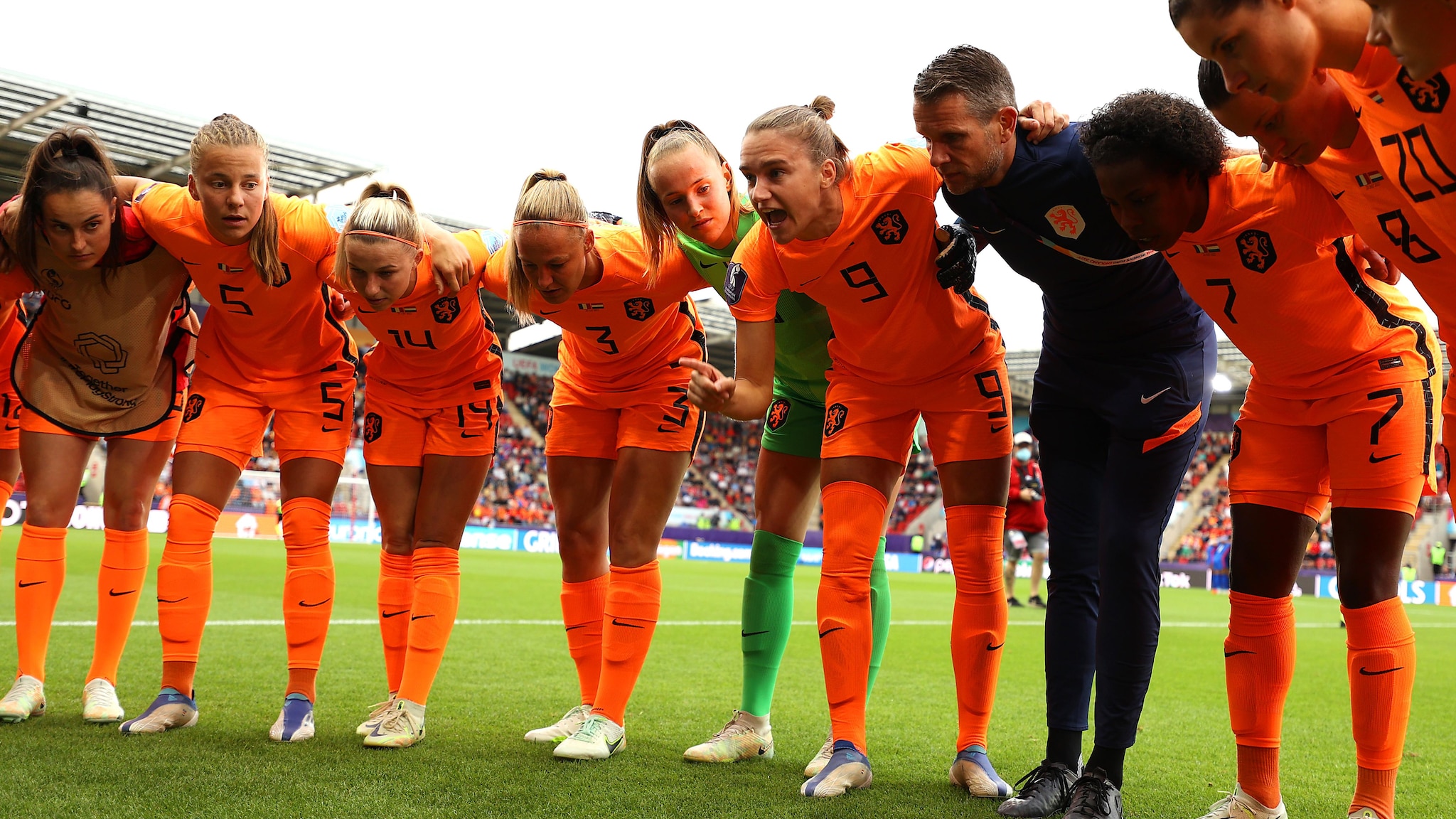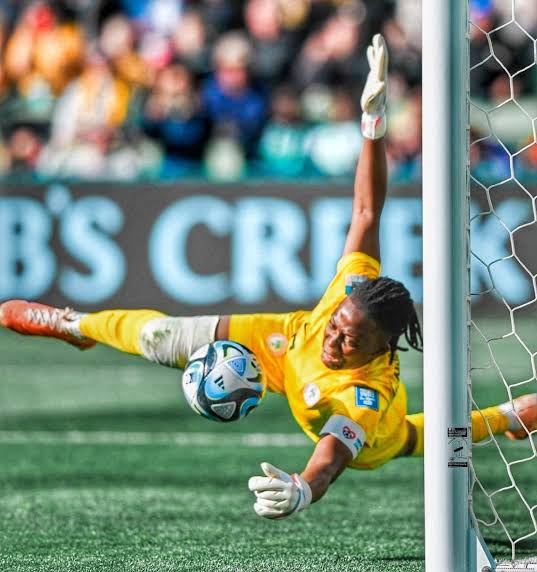“Women’s Football Progress in the Netherlands: A Story of Growth, Triumph, and Enduring Potential
Related Articles Women’s Football Progress in the Netherlands: A Story of Growth, Triumph, and Enduring Potential
Women’s Football Progress in the Netherlands: A Story of Growth, Triumph, and Enduring Potential

The landscape of women’s football has undergone a dramatic transformation globally, and the Netherlands stands as a compelling example of this evolution. From humble beginnings to becoming a force to be reckoned with on the international stage, the journey of women’s football in the Netherlands is a testament to dedication, strategic investment, and a growing societal recognition of the sport’s potential.
Early Struggles and Nascent Development
The early days of women’s football in the Netherlands were marked by limited resources, societal skepticism, and a lack of infrastructure. While sporadic matches were played, the sport struggled to gain mainstream acceptance. The Royal Dutch Football Association (KNVB) officially recognized women’s football in 1971, a crucial step that paved the way for organized leagues and competitions. However, progress remained slow.
Funding was scarce, coaching expertise was limited, and opportunities for young girls to pursue football were far and few between. Players often faced prejudice and a lack of encouragement, making it difficult to attract and retain talent. The media coverage was minimal, further hindering the sport’s visibility and ability to attract sponsors.
The Turning Point: Strategic Investment and Professionalization
A significant turning point arrived in the late 2000s and early 2010s. Recognizing the global growth of women’s football and its potential, the KNVB began to invest more strategically in the sport. This included:
- Increased Funding: The KNVB allocated more resources to women’s football, supporting grassroots programs, coaching education, and the development of national teams.
- Establishment of the Eredivisie Vrouwen: In 2007, the Eredivisie Vrouwen, the top-tier women’s football league in the Netherlands, was established. This provided a platform for talented players to compete at a higher level and gain valuable experience.
- Focus on Youth Development: The KNVB invested in youth academies and talent identification programs, aiming to nurture young players from a young age and provide them with the necessary training and support to reach their full potential.
- Professionalization of Coaching: Efforts were made to improve the quality of coaching at all levels, with the KNVB offering coaching courses and certifications specifically tailored for women’s football.
- Improved Marketing and Promotion: The KNVB recognized the importance of raising the profile of women’s football and began to invest in marketing and promotional activities to attract fans, sponsors, and media attention.
These strategic investments began to pay dividends. The quality of play in the Eredivisie Vrouwen improved, attracting more talented players from both the Netherlands and abroad. The national team, known as the "Oranje Leeuwinnen" (Orange Lionesses), began to climb the FIFA rankings.
The Golden Era: European Champions and World Cup Finalists

The culmination of these efforts arrived in the mid-2010s. The Netherlands hosted the UEFA Women’s Euro 2017, a tournament that would prove to be a watershed moment for women’s football in the country.
- UEFA Women’s Euro 2017 Triumph: Playing on home soil, the Oranje Leeuwinnen captivated the nation with their inspiring performances. Led by star players like Lieke Martens and Vivianne Miedema, they played with skill, passion, and determination, ultimately defeating Denmark in the final to lift the trophy. The victory sparked a nationwide celebration and ignited a passion for women’s football among the Dutch public.
- FIFA Women’s World Cup 2019 Final: Building on their Euro success, the Netherlands continued their impressive run at the FIFA Women’s World Cup 2019 in France. They navigated a challenging group stage and overcame tough opponents in the knockout rounds to reach the final. Although they ultimately lost to the United States, their performance was a testament to their progress and solidified their position as one of the top teams in the world.
These achievements had a profound impact on women’s football in the Netherlands. The sport gained unprecedented media coverage, attracting new fans and sponsors. More girls and women began to participate in football, and the profile of female footballers rose dramatically.
Key Players and Influential Figures
The success of women’s football in the Netherlands is also attributable to the contributions of several key players and influential figures:
- Lieke Martens: A world-class winger known for her exceptional dribbling skills and goal-scoring ability, Martens was named The Best FIFA Women’s Player in 2017.
- Vivianne Miedema: A prolific striker and the all-time leading scorer for the Netherlands women’s national team, Miedema is renowned for her clinical finishing and intelligent movement.
- Sarina Wiegman: The former head coach of the Oranje Leeuwinnen, Wiegman led the team to victory at the UEFA Women’s Euro 2017 and to the final of the FIFA Women’s World Cup 2019. Her tactical acumen, leadership skills, and ability to inspire her players were crucial to the team’s success. She has since gone on to manage the England Women’s National Team, leading them to victory in the UEFA Women’s Euro 2022.
- Jan Dirk van der Zee: As the director of women’s football at the KNVB, Van der Zee played a key role in developing and implementing the strategies that led to the growth of the sport in the Netherlands.
Challenges and Future Prospects
Despite the remarkable progress made, women’s football in the Netherlands still faces challenges:
- Wage Gap: A significant wage gap exists between male and female footballers, even at the professional level. Addressing this disparity is crucial to ensuring that female players can earn a living from the sport.
- Media Coverage: While media coverage has increased, it still lags behind that of men’s football. More consistent and in-depth coverage is needed to continue raising the profile of the sport.
- Sponsorship: Attracting more sponsors is essential to providing financial stability for clubs and players.
- Infrastructure: Further investment in infrastructure, such as training facilities and stadiums, is needed to support the growth of the sport.
- Competition from Other Sports: Women’s football faces competition from other popular sports in the Netherlands, such as field hockey and volleyball.
Looking ahead, the future of women’s football in the Netherlands appears bright. The foundation has been laid for continued growth and success. To realize its full potential, the sport needs:
- Continued Investment: The KNVB and other stakeholders must continue to invest in women’s football, focusing on grassroots development, coaching education, and infrastructure.
- Increased Professionalization: Further professionalization of the Eredivisie Vrouwen is needed to attract and retain top talent.
- Greater Visibility: Efforts must be made to increase the visibility of women’s football through media coverage, marketing, and promotional activities.
- Empowerment of Female Players: Female players must be empowered to have a voice in the development of the sport and to advocate for their rights.
The Netherlands has demonstrated that with strategic investment, dedicated individuals, and a supportive environment, women’s football can thrive. The journey is far from over, but the progress made so far is a source of inspiration and a testament to the enduring potential of the sport. The Oranje Leeuwinnen have captured the hearts of a nation, and their future endeavors promise to be a captivating chapter in the ongoing story of women’s football in the Netherlands. The ongoing commitment to developing talent, promoting the sport, and addressing the existing challenges will undoubtedly pave the way for future generations of female footballers to shine on the national and international stage.

